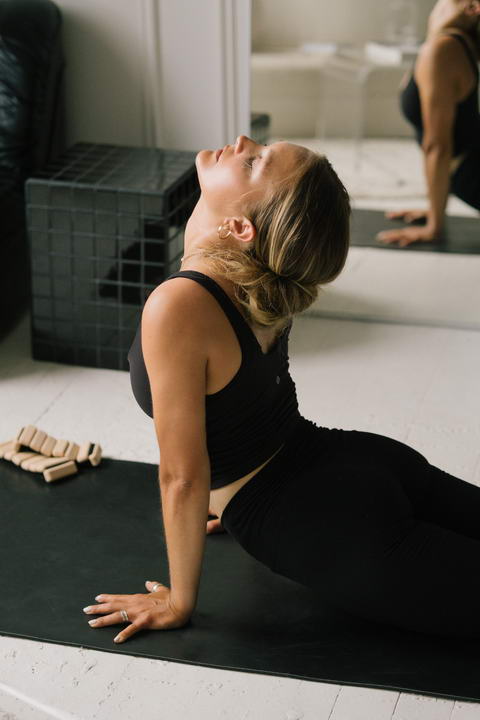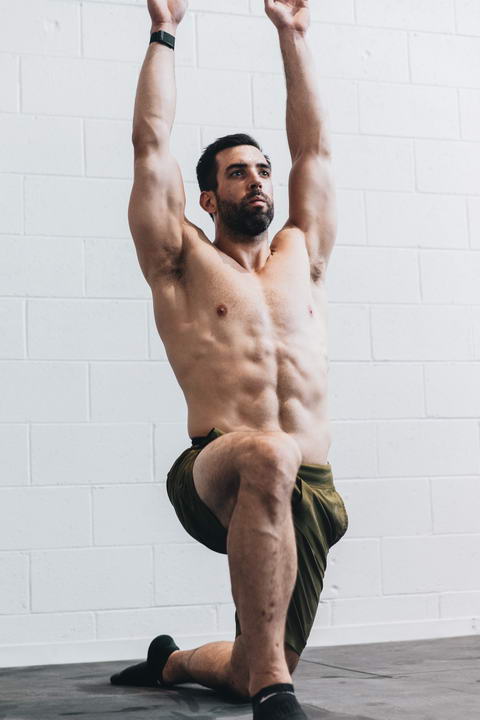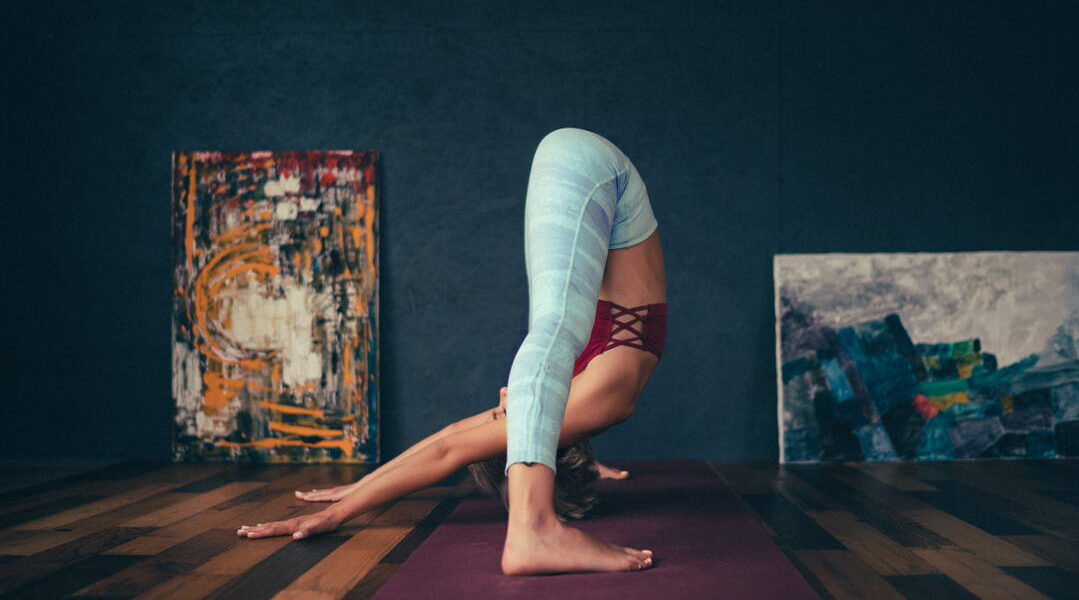What are Different Types of Yoga ?
Yoga, an ancient practice originating in India, has evolved into a diverse and globally embraced discipline. It encompasses a wide range of styles, each with its unique philosophy, techniques, and benefits. From the vigorous, physically demanding sequences of Ashtanga and the flow-based Vinyasa to the meditative and restorative practices of Yin and Hatha, yoga offers something for everyone. Whether one seeks physical fitness, mental clarity, or spiritual growth, understanding the different types of yoga can help tailor the practice to meet individual needs and goals. This article explores the various types of yoga, highlighting their distinct characteristics and how they contribute to overall well-being.
Explore Meditation Retreats & Wellness Retreats
Explore Yoga Retreats with Tejomaia.com

Types of yoga-What is Hatha Yoga?
Hatha Yoga is a traditional style of yoga that serves as a gentle introduction to the most basic yoga postures. It is designed to align and calm the body, mind, and spirit in preparation for meditation. The term “Hatha” comes from the Sanskrit words “Ha” meaning sun and “Tha” meaning moon, symbolizing the balance of opposites within us. Hatha Yoga typically involves a series of physical postures (asanas) and breathing techniques (pranayama) practiced at a slower pace, making it accessible to beginners and those seeking a more relaxed practice. By improving flexibility, strength, and balance, Hatha Yoga helps to create a solid foundation for other, more advanced forms of yoga. Additionally, it promotes relaxation and stress reduction, making it an ideal choice for those looking to enhance their overall well-being.
Types of yoga-What is Vinyasa yoga?
Vinyasa yoga is a dynamic and flowing style of yoga that synchronizes movement with breath. In Vinyasa classes, practitioners seamlessly transition from one pose to another in a continuous, fluid sequence, guided by the rhythm of their inhalations and exhalations. The word “Vinyasa” translates to “breath-synchronized movement,” emphasizing the importance of coordinating each movement with a specific breath pattern. Vinyasa sequences vary in intensity, pace, and complexity, offering practitioners a wide range of options to suit their individual needs and preferences. Classes may include sun salutations, standing poses, balancing poses, inversions, backbends, and seated postures, creatively linked together to create a balanced and dynamic practice. Vinyasa yoga builds strength, flexibility, cardiovascular endurance, and mindfulness, fostering a sense of flow and connection between body, breath, and mind. It’s suitable for practitioners of all levels, from beginners to experienced yogis, and offers opportunities for exploration, self-expression, and personal growth on and off the mat.
Types of yoga-What is Ashtanga Yoga?
Ashtanga Yoga is a rigorous and dynamic style of yoga that follows a specific sequence of postures in a flowing, breath-linked movement. Developed by Sri K. Pattabhi Jois, Ashtanga Yoga is characterized by its focus on synchronizing breath with a progressive series of postures, generating internal heat and purifying the body through sweat. The primary series, known as Yoga Chikitsa, or Yoga Therapy, is the foundation of the practice, followed by progressively more challenging series as practitioners advance. Ashtanga Yoga is physically demanding, emphasizing strength, flexibility, and stamina. It is often practiced in a heated room to facilitate detoxification and deeper stretching. With its disciplined and structured approach, Ashtanga Yoga cultivates self-discipline, mental focus, and inner strength, making it suitable for those seeking a challenging and transformative practice.

What is Kundalini yoga?
Kundalini yoga is a spiritual and dynamic form of yoga that combines movement, breathwork, chanting, meditation, and mantra repetition to awaken and harness the energy believed to reside at the base of the spine, known as Kundalini energy. This ancient practice aims to activate and balance the chakras (energy centers) within the body, promoting physical health, emotional well-being, and spiritual awakening. Kundalini yoga classes typically involve a structured sequence of exercises called kriyas, which may include repetitive movements, specific breathing patterns, and chanting, designed to stimulate energy flow and elevate consciousness. The practice is known for its emphasis on self-awareness, personal transformation, and connecting with one’s inner wisdom and vitality. Kundalini yoga is suitable for practitioners of all levels and can offer profound benefits for mind, body, and spirit, including increased energy, clarity of mind, emotional stability, and a sense of inner peace and fulfillment.
Types of yoga-What is Sivananda Yoga?
Sivananda Yoga is a traditional and holistic approach to yoga that follows a set sequence of postures and breathing exercises, emphasizing physical health, mental peace, and spiritual growth. Founded by Swami Sivananda and further developed by his disciple Swami Vishnudevananda, Sivananda Yoga is based on five principles: proper exercise (Asanas), proper breathing (Pranayama), proper relaxation (Savasana), proper diet (Vegetarian), and positive thinking (Vedanta) and meditation (Dhyana). The practice typically includes 12 basic postures and variations, along with breathing exercises and relaxation techniques. Sivananda Yoga focuses on the integration of mind, body, and spirit, promoting overall well-being and inner peace. It is suitable for all levels, from beginners to advanced practitioners, and offers a balanced approach to yoga that addresses physical fitness, mental clarity, and spiritual development.
Types of yoga-What is Bikram Yoga?
Bikram Yoga, also known as hot yoga, is a specific style of yoga practiced in a heated room, typically around 105°F (40.6°C), with high humidity. Developed by Bikram Choudhury, Bikram Yoga consists of a sequence of 26 postures and two breathing exercises, performed in the same order during each 90-minute class. The heat is believed to facilitate deeper stretching, detoxification through sweating, and increased flexibility. The sequence is designed to work every part of the body, including muscles, joints, organs, and glands. Bikram Yoga is known for its intense physical challenge and can be beneficial for improving strength, flexibility, and cardiovascular health. However, due to the intense heat and physically demanding nature of the practice, it may not be suitable for everyone, particularly those with certain medical conditions or sensitivities to heat.

What is Iyengar Yoga?
Iyengar Yoga is a precise and detail-oriented style of yoga developed by B.K.S. Iyengar. It focuses on proper alignment and the use of props such as blocks, straps, and bolsters to support practitioners in achieving correct alignment in each posture. Iyengar Yoga places a strong emphasis on the precision of each movement, helping practitioners develop strength, flexibility, and stability while reducing the risk of injury. The practice typically involves holding poses for longer durations to deepen the stretch and improve awareness of the body. Iyengar Yoga is suitable for practitioners of all levels, including those recovering from injuries or with physical limitations, as it can be adapted to individual needs. Through its meticulous attention to alignment and technique, Iyengar Yoga promotes physical health, mental clarity, and spiritual growth.
Explore Meditation Retreats & Wellness Retreats
Explore Yoga Retreats with Tejomaia.com


